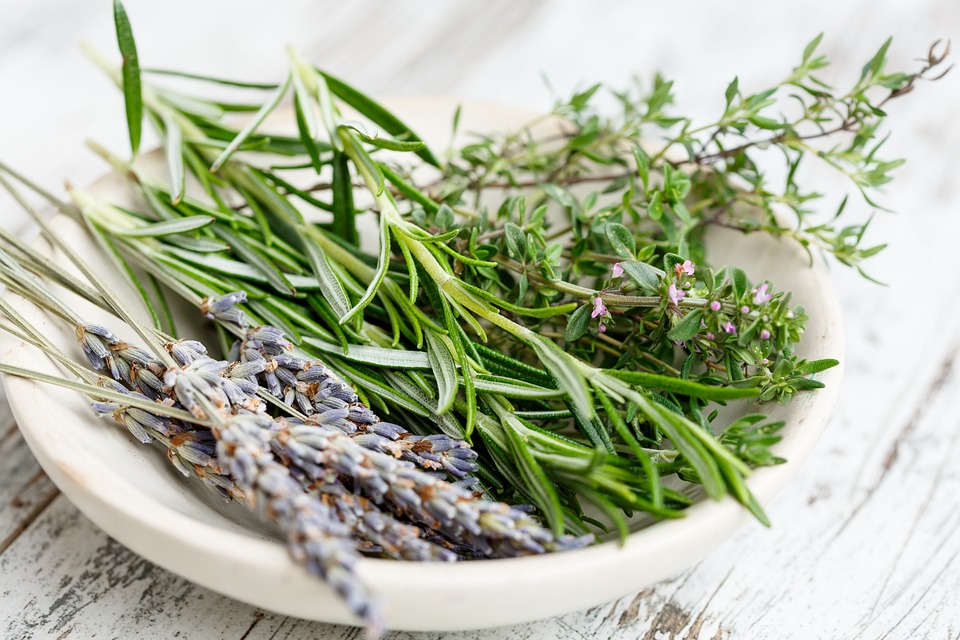Indoor herb gardening is entertaining, easy, and low-maintenance. As an amateur gardener, I get a sense of joy when I witness my plants growing and flourishing. Who doesn’t want to cook with fresh herbs? I love using fresh basil in my lasagnas for example. Believe me; it does make a difference. Continue reading to discover how to cultivate herbs and which ones are the easiest to grow, even for beginners.
Choose The Right Plant.
Let’s begin with what plant you should choose. I have picked a range of plants that will be easy for you to grow, whether you are a first-time gardener or choosing to extend your herb collection.
Parsley

Fresh Parsley.
Parsley is a popular herb that is frequently used in sauces, salads, and soups. Parsley needs full to part sun, so it is better to place your container by the window. Parsley seeds should be sown 14 inches deep and be spaced 6 to 8 inches apart. You should always keep the soil moist while it is germinating. This process could take 2 to 4 weeks, so be patient…
Oregano

Oregano.
Oregano is a traditional herb used in pasta or even in household remedies through oregano oil. Through this quick guide, you will have oregano at your fingertips. Let’s talk temperature; oregano thrives best between 18 to 21 degrees Celsius. If you live in a hot climate, make sure that it will have partial shade. Like many other herbs, oregano loves the sun, so make sure that you place it where it can enjoy the benefits of the sun without killing it.
Thyme

Thyme
There are fragrant decorative thyme species as well as culinary thyme kinds that give a savoury touch to soups, grilled meats, and vegetables throughout the summer. Thyme loves heat, so if you live in a warm area, you are the luckiest when it comes to growing thyme. It may be tricky to grow thyme from seeds, but not impossible; they will eventually have irregular germination. Space your young plants around 24 inches apart.
Chives

Chives.
There are a plethora of reasons why chives are the best herb to have at home. Like thyme, they thrive in warm areas. Chives require a temperature range of 20-25°C to germinate. If they got the right temperature, the seedlings should take approximately two to three weeks to show. Make sure to leave around 30 cm between each seed.
Cilantro

Cilantro.
Cilantro is distinctive from other herbs, as it does not need that much sun to germinate. Between 13 to 21 degrees Celsius is usually adequate. While it does not require a hot temperature, it still needs to obtain full sun to grow properly. I suggest you sow the seeds half-inch deep and 2 inches apart for flourishing plants.
Basil

Basil
As I said earlier, I love basil. It is my favourite herb of all time, whether in my lasagnas or freshly chopped in my potatoes salad; I love it as it is pretty versatile. However, basil needs more care than the other herbs, as its strong aroma attracts insects. Basil should be grown in a warm, shaded location out of direct noon light, in well-drained, rich soil. They should be planted around 30 cm apart and 0.5 cm in depth. You can prune the plant once it reaches 10 cm long.
I usually cut the fresh plant directly from the pot whenever I need them and compare to others I do not have a specific harvesting time. You can do as you want, anyway, it will end up the same… on our plate. What are you waiting for? Hop at your local store to grab your favourite seeds and get started. Let us know in the comment which one of the herbs mentioned above is your favourite one…



